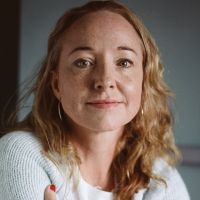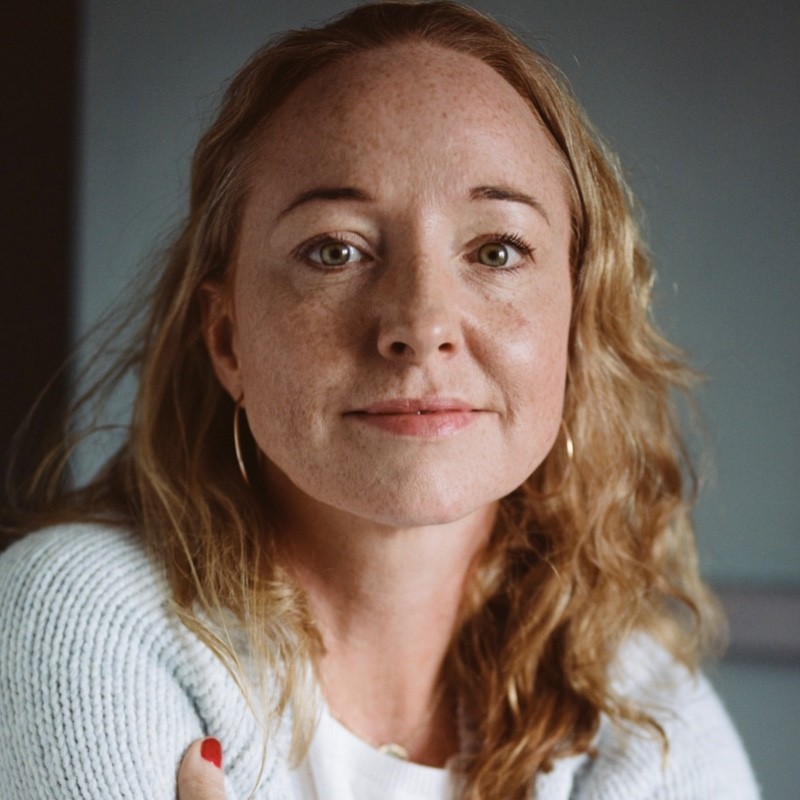Two young turks of the art world inspired by Anselm Kiefer
Interested in investing in art but not quite ready to splash out on a household name? Sarah Ryan of New Blood Art looks at two rising artists inspired by painter Anselm Kiefer.

Interested in investing in art but not quite ready to splash out on a household name?Sarah Ryan of New Blood Art looks at two rising artists inspired by painter Anselm Kiefer.
Anselm Kiefer's retrospective has just ended at the Royal Academy of Arts in London. The show spanned four decades of work, including several seminal pieces from his art college days. I love his work.
His diamond paintings (incorporating precious stones) must be seen in the flesh to be appreciated ever so subtly dancing, like slices of night sky, reflecting the full spectrum of light as you pass them by.
MoneyWeek
Subscribe to MoneyWeek today and get your first six magazine issues absolutely FREE

Sign up to Money Morning
Don't miss the latest investment and personal finances news, market analysis, plus money-saving tips with our free twice-daily newsletter
Don't miss the latest investment and personal finances news, market analysis, plus money-saving tips with our free twice-daily newsletter
In investment terms, Kiefer's work hit the big time in the late 1980s. According to Artnet (invaluable for researching trends in art prices) there was a significant jump in the value of his work between 1987 and 1988 total annual sales rose from around $60,000 to $1m.
What was the catalyst? In 1987, Kiefer had solo exhibitions across the US, at four museums: the Art Institute of Chicago, the Philadelphia Museum of Art, theLos Angeles Museum of Contemporary Art and New York's Museum of Modern Art.
These established global interest in Kiefer's work and significantly expanded his collector base a powerful catalyst for booming prices.
Kiefer responded to his new-found wealth in part by buying diamonds. He threw most of them into a tunnel of earth in Dover, "to become part of the earth once again" he has a fascination with alchemy and the cycles of life.
The remaining stones were incorporated into those paintings I was so mesmerised by. As explained in the gallery's literature, in the work The Starry Heavens Above Us, and the Moral Law Within, Kiefer is "simultaneously exchanging the world above, with the world below, in the true spirit of alchemy".
Kiefer was recently in conversation with art historian Tim Marlow, reflecting on his motivations for making work, which include poetry, theological texts, and reflections on the nature of time and the weight of history.
He was born in Germany, just minutes after VE day, and as with most German artists of his generation, existential concerns were omnipresent. He explores epic themes on an epic scale, and his sense of the absurdity of life is apparent.
"Is [life] quite desperate, no?" he proposes during the interview with Marlow. He also discusses the concept of experiencing time as malleable in nature a material in itself, and of the weight of history and the shock of the past serving as an impetus to make work.
Yet despite these heavyweight preoccupations, there is a lightnessabout the man in person a playfulness.Indeed, he sees these qualities of play flexibility, curiosity and experimentation as essential to the nature of artists, in much the same way as these characteristics are found in great scientists and mathematicians.
To be able to rearrange the way things are to experiment and find new meanings, new realities, to be able to create requires an inherent sense of curiosity and play.
Keifer's work currently sells for around $445,000 on average, with annual sales last year of around $8m. He agreeseffortlessly when questioned by Marlowthat the money is "nice", but emphatically states that in no way does the amount he receives for a piece of work equate to his understanding of its value "not at all".
Rather, he finds creative accreditation from respected peers whose opinions he seeks and most significantly from the relationship he has with his work.
Two similar emerging artists
He creates densely layered imagery by overlaying series of images, cumulating the visual experience of time passing into a sense of time collapsing into single visual moments (see below).

He graduated in 2004 and immediately gained recognition; London gallery owner Victoria Miro now represents him. Looking at his price data, there is a significant jump in his average sale price between 2011 and 2012, when it moves from around $30,000 to $85,000.
During this time Khan had solo showsin the UK, Berlin, Sweden, New Yorkand San Francisco again that correlation between exposure, demand and prices.
Of course, it's not quite as simple a formula as "solo shows = increases in prices". Obviously, before a significant solo show can be put on in the first place, there has to have been the rising demand to justify it. But there is certainly a striking correlation, which makes a decent argument for investing before, or at, a young artist's first solo show.

Petter Kettle is another Kiefer-inspired emerging artist. Kiefer's use of mixed media and unique materiality encouraged Kettle to broaden his own use of media from working exclusively in oils to incorporating the use of plaster in his paintings (see above). These have the surfaces of well-worn exterior walls: buffeted and corroded over time.
The alchemy of light and landscape through mixed media is a quality that shines through his work. By intentionally mixing media he allows a space for fortuitous accidents to occur throughout the process of painting.
Kettle says of Kiefer: "His vast and expansive landscapes draw the eye searching tothe furthest horizon. When seen upclose, new compositions unfold, taking the viewer on multiple journeys.This is a perspective I strive to capture in my own work. I don't ask as bold questions as Kiefer, but celebrate the importance of mark-making, media and surface holding Kiefer's work in the highest regard".
Kettle is at the start of his careerand is just beginning to make waves.He was voted in as a Fellow of theRoyal Society of Arts earlier in the year and held his first, small solo show inBath last year; his paintings start at£450, with statement pieces availablefor around £2,000.
Get the latest financial news, insights and expert analysis from our award-winning MoneyWeek team, to help you understand what really matters when it comes to your finances.
Sarah Ryan writes about alternative investments for MoneyWeek. She is the founder and director of New Blood Art, an innovative online gallery for exceptional early-career artists, which helps to make collecting original fine art accessible to more people.
Many of the artists Sarah has featured have gone on to perform exceptionally well commercially, earning her a reputation among fans of alternative investments.
Sarah has a degree in fine art from London Metropolitan University and a PGCE in art education from Cambridge University and previously worked as a teacher.
Sarah also holds a diploma in integrative counselling & psychotherapy from the University of Roehampton, and is a practising psychotherapist.
-
 ‘Why I have ditched my Help to Buy ISA for cash savings and the stock market’
‘Why I have ditched my Help to Buy ISA for cash savings and the stock market’Without the 25% bonus, my Help to Buy ISA is effectively redundant, says MoneyWeek writer Sam Walker.
-
 Is your inheritance tax allowance cut if you sell to downsize or sell your home to pay for care?
Is your inheritance tax allowance cut if you sell to downsize or sell your home to pay for care?Downsizing relief is a little-known benefit that could save your loved ones tens of thousands of pounds in inheritance tax after you’ve died.
